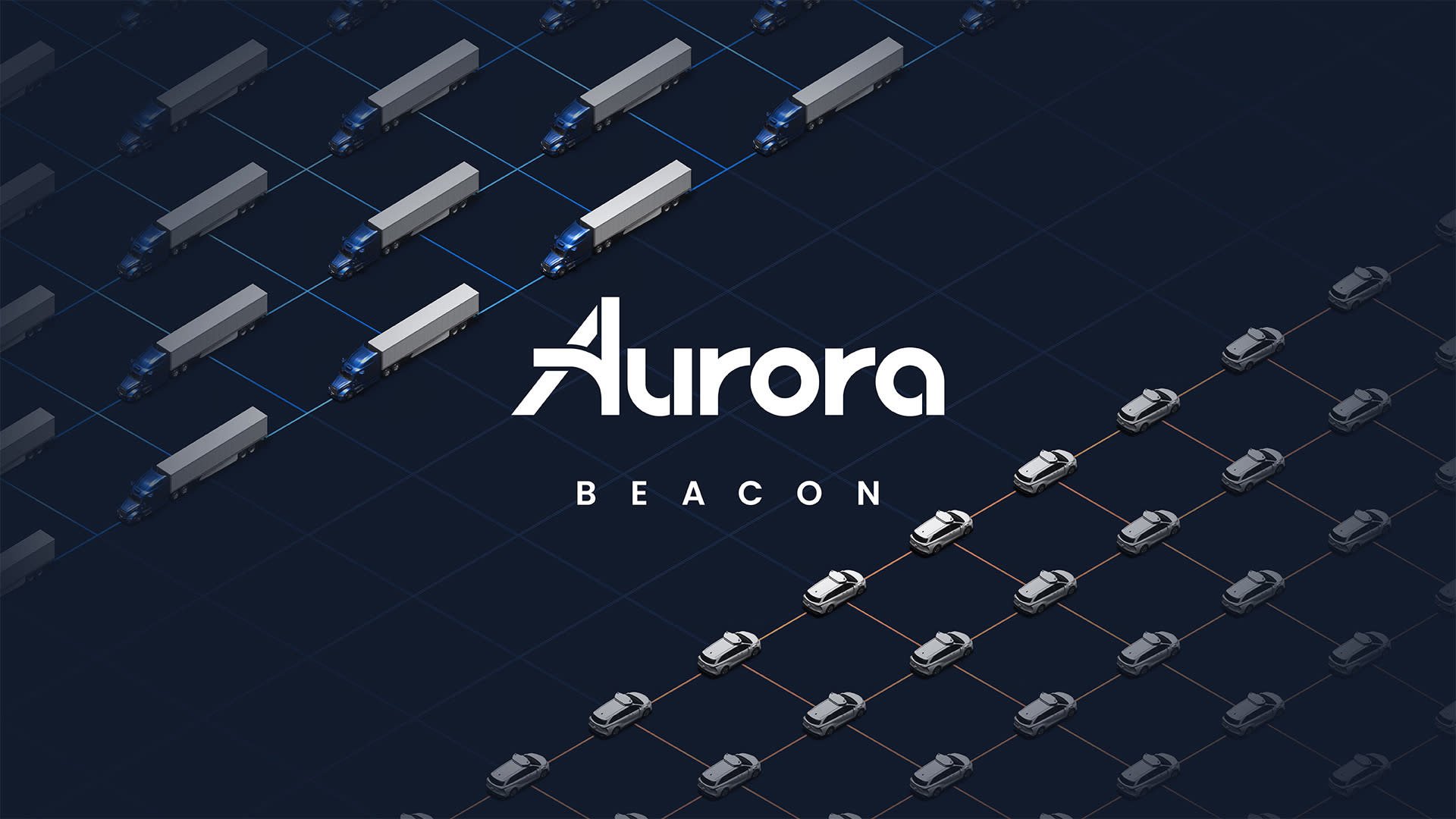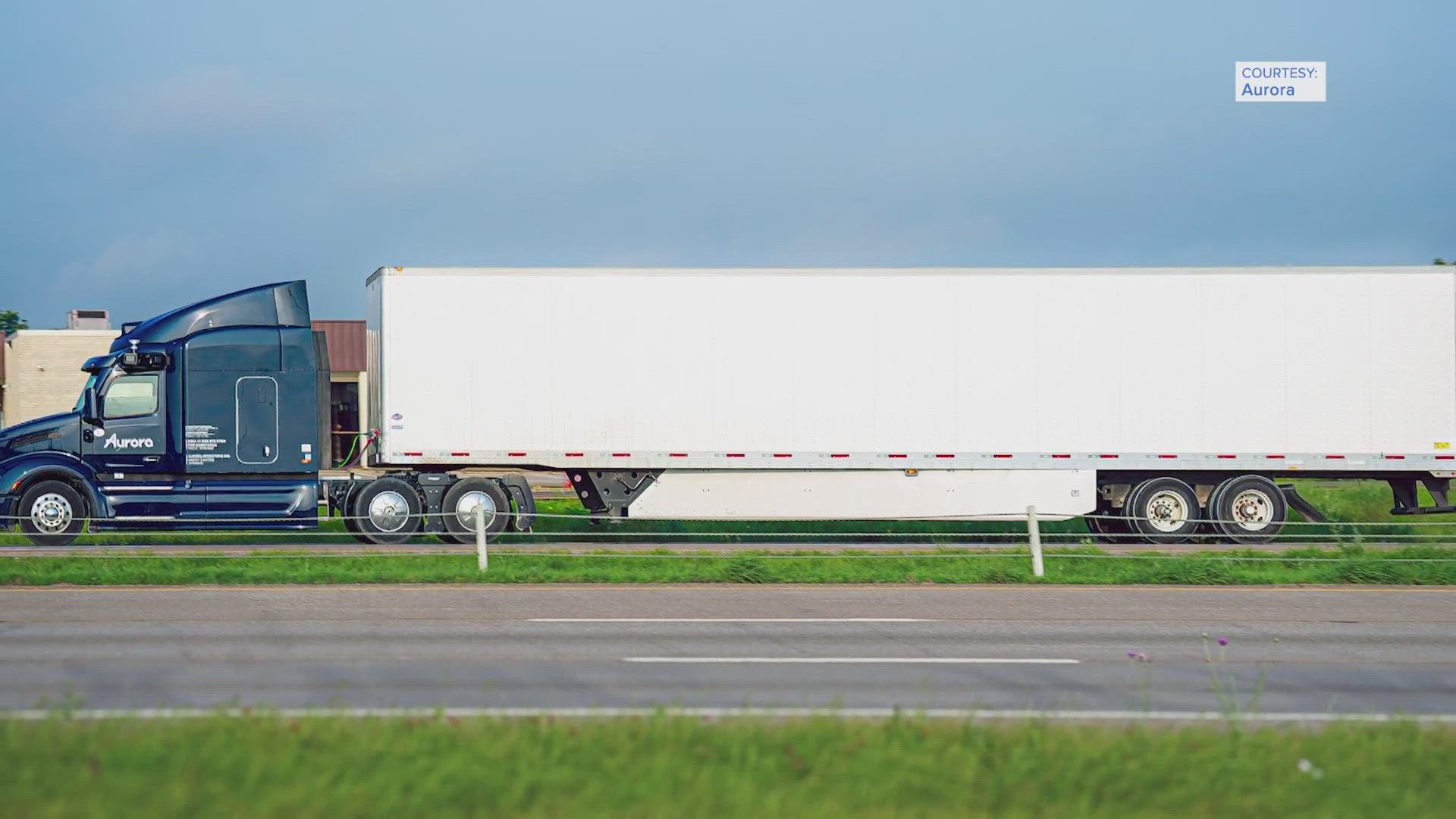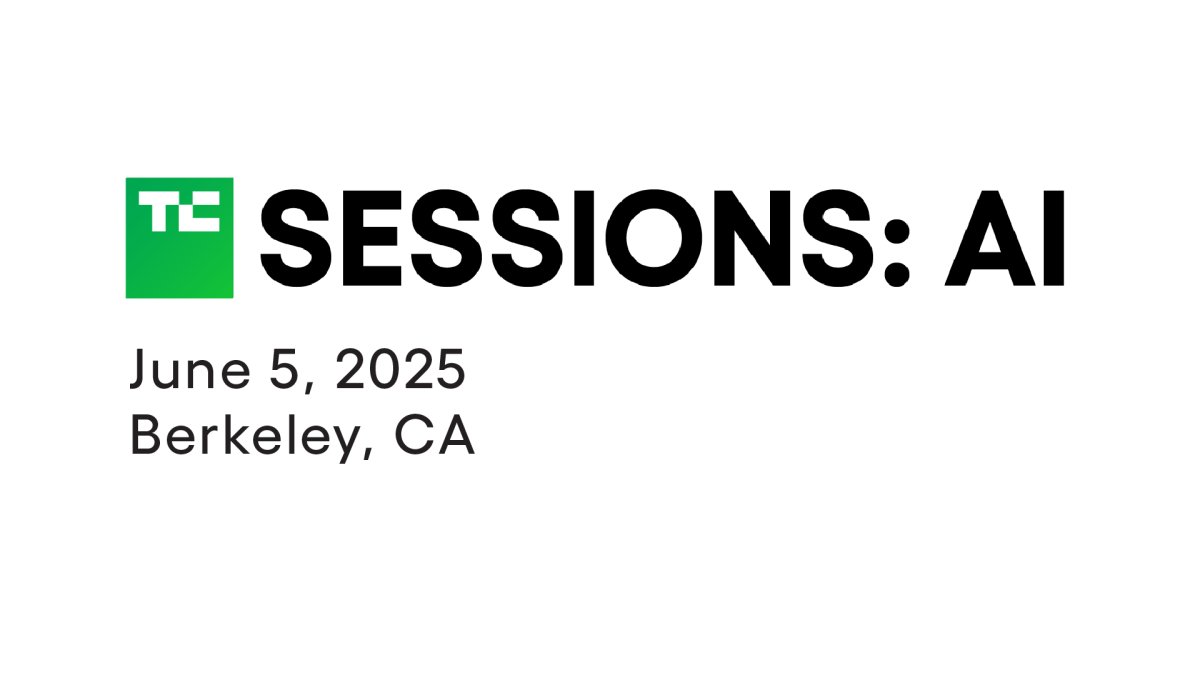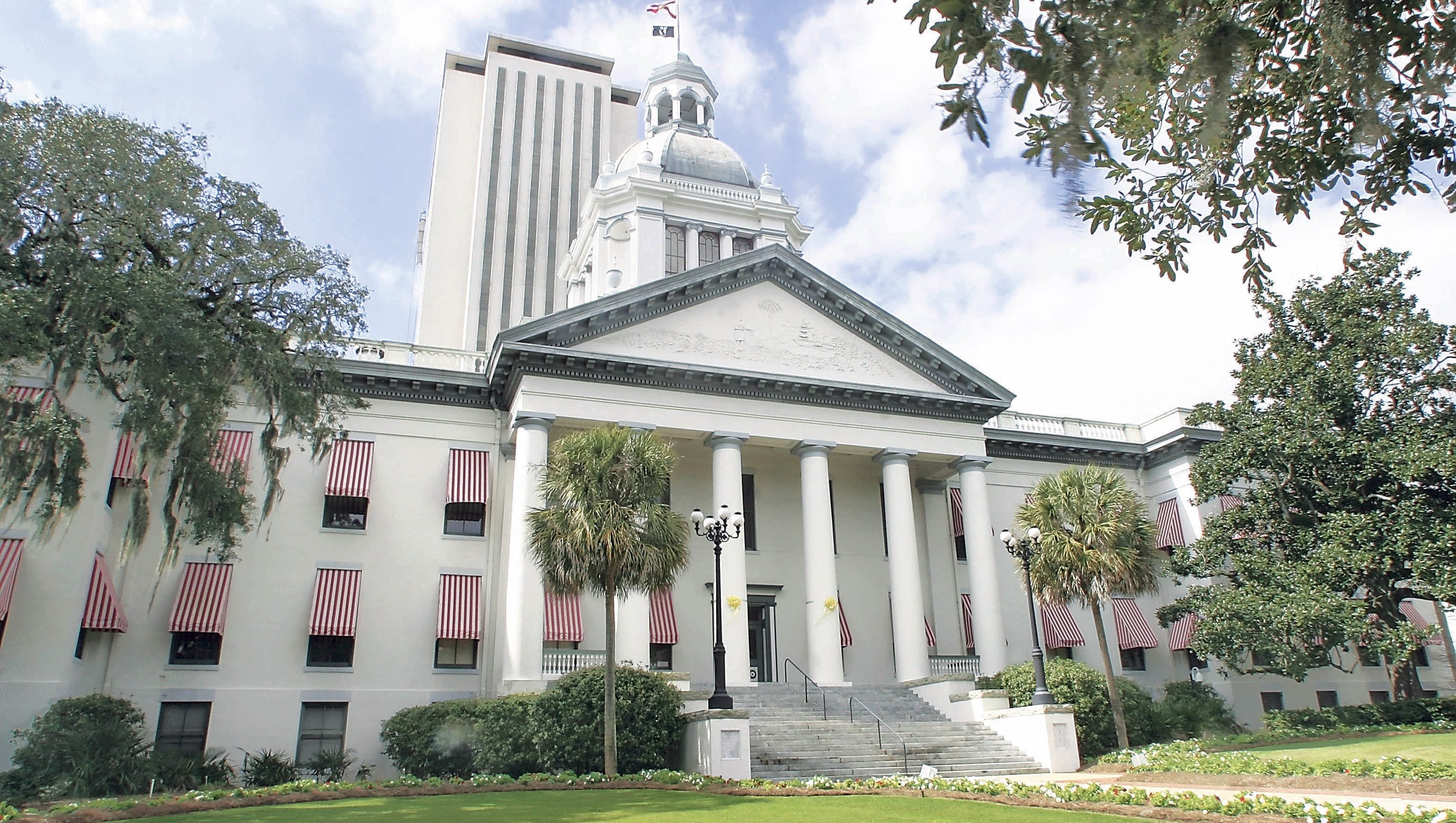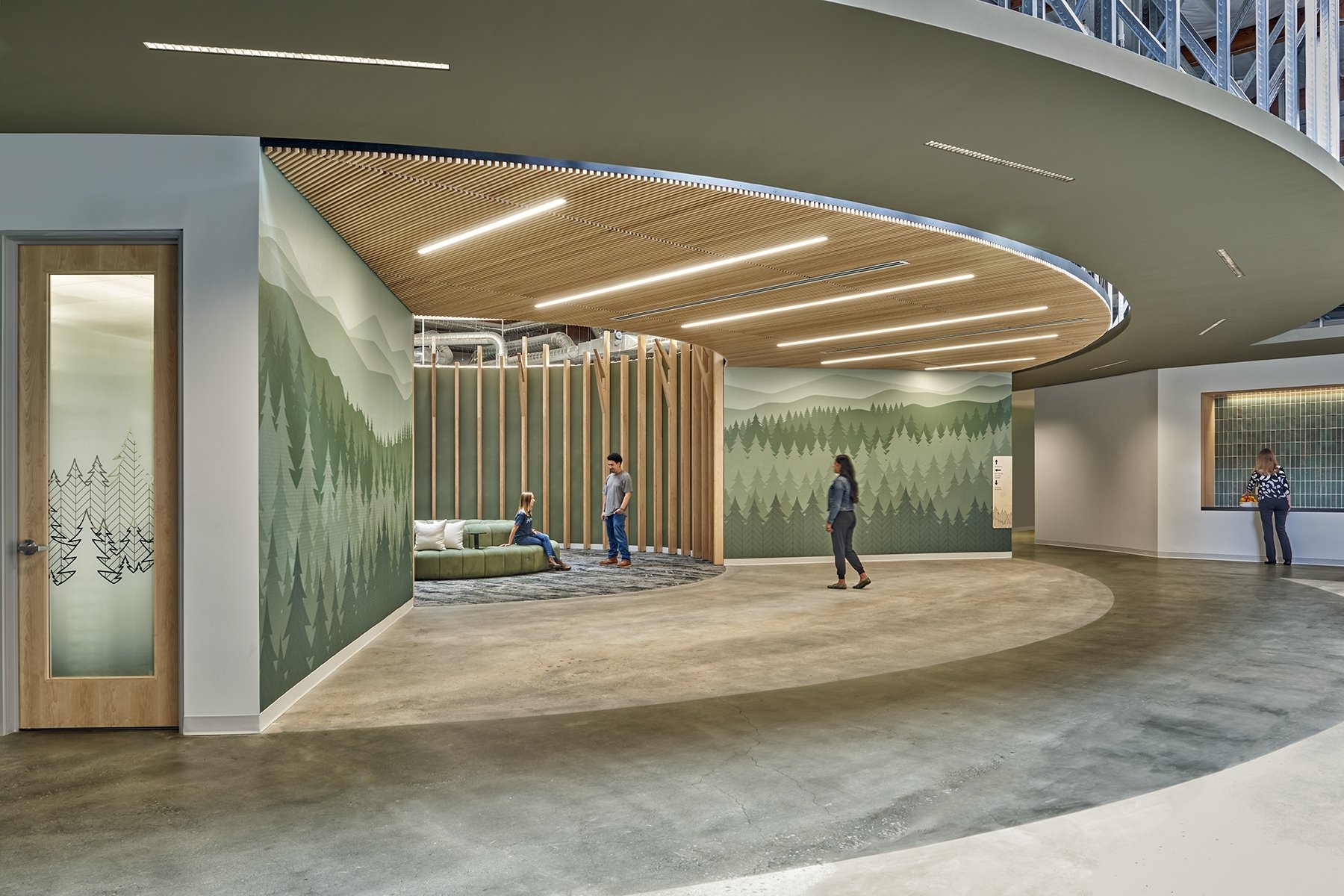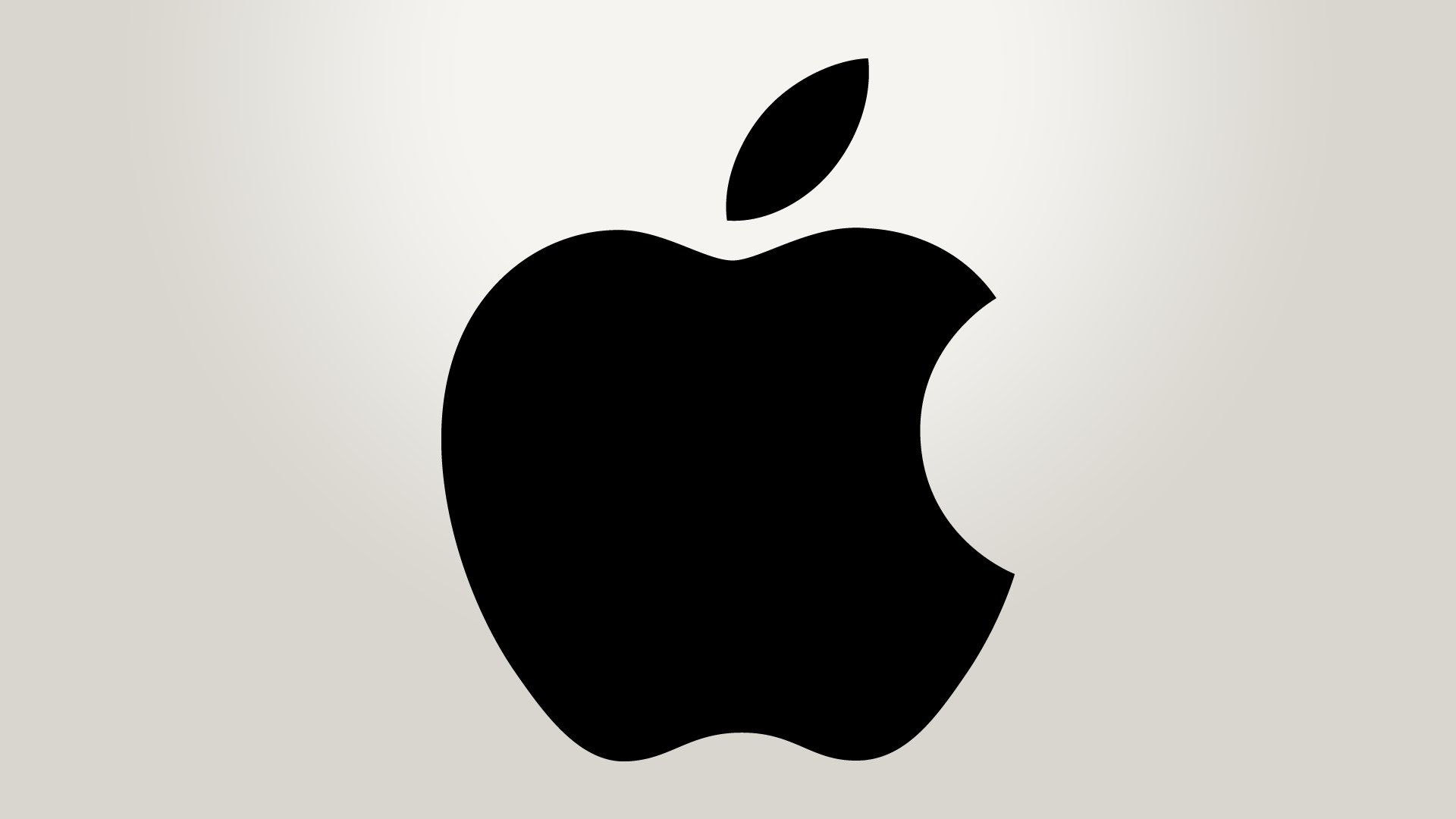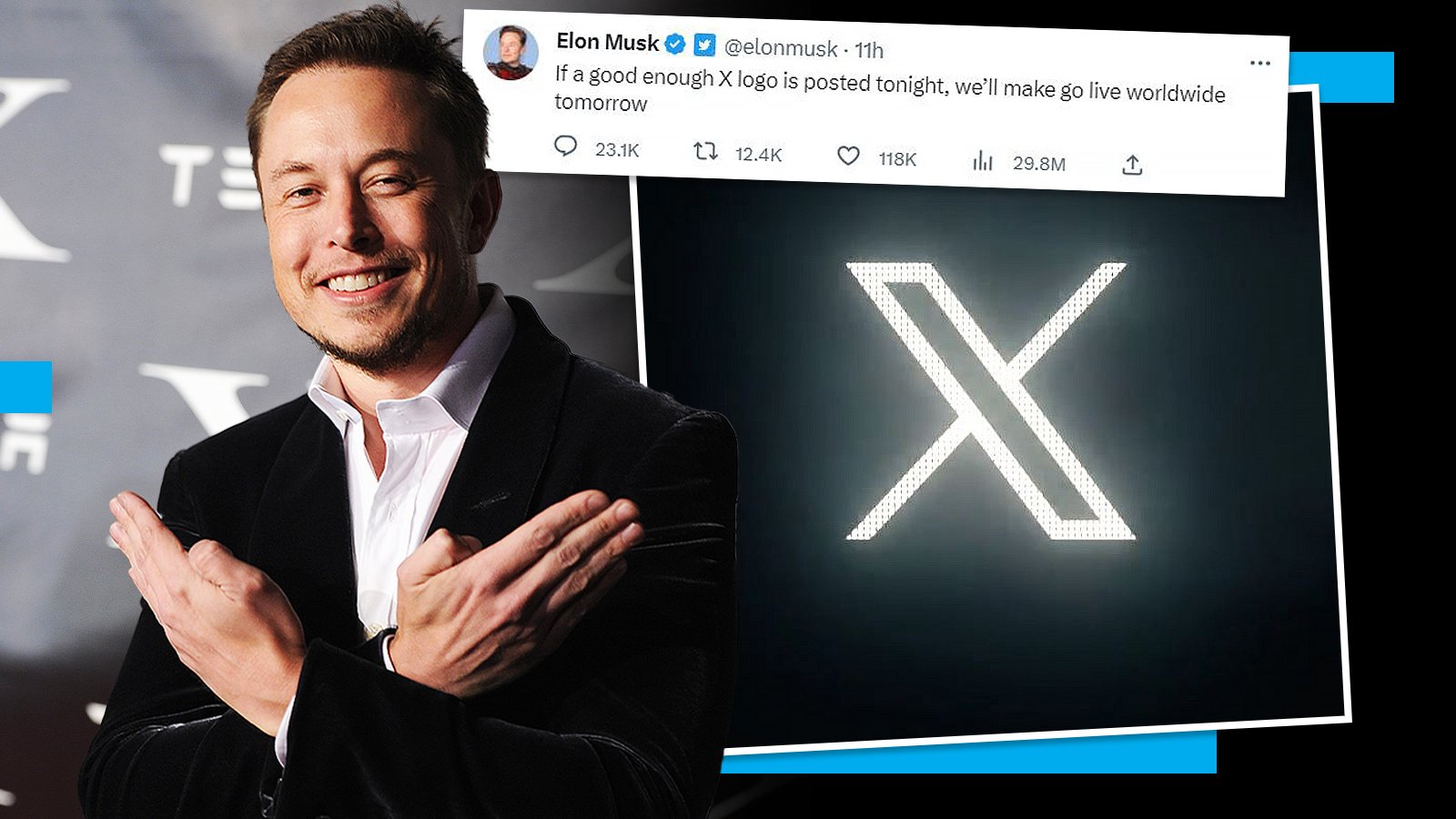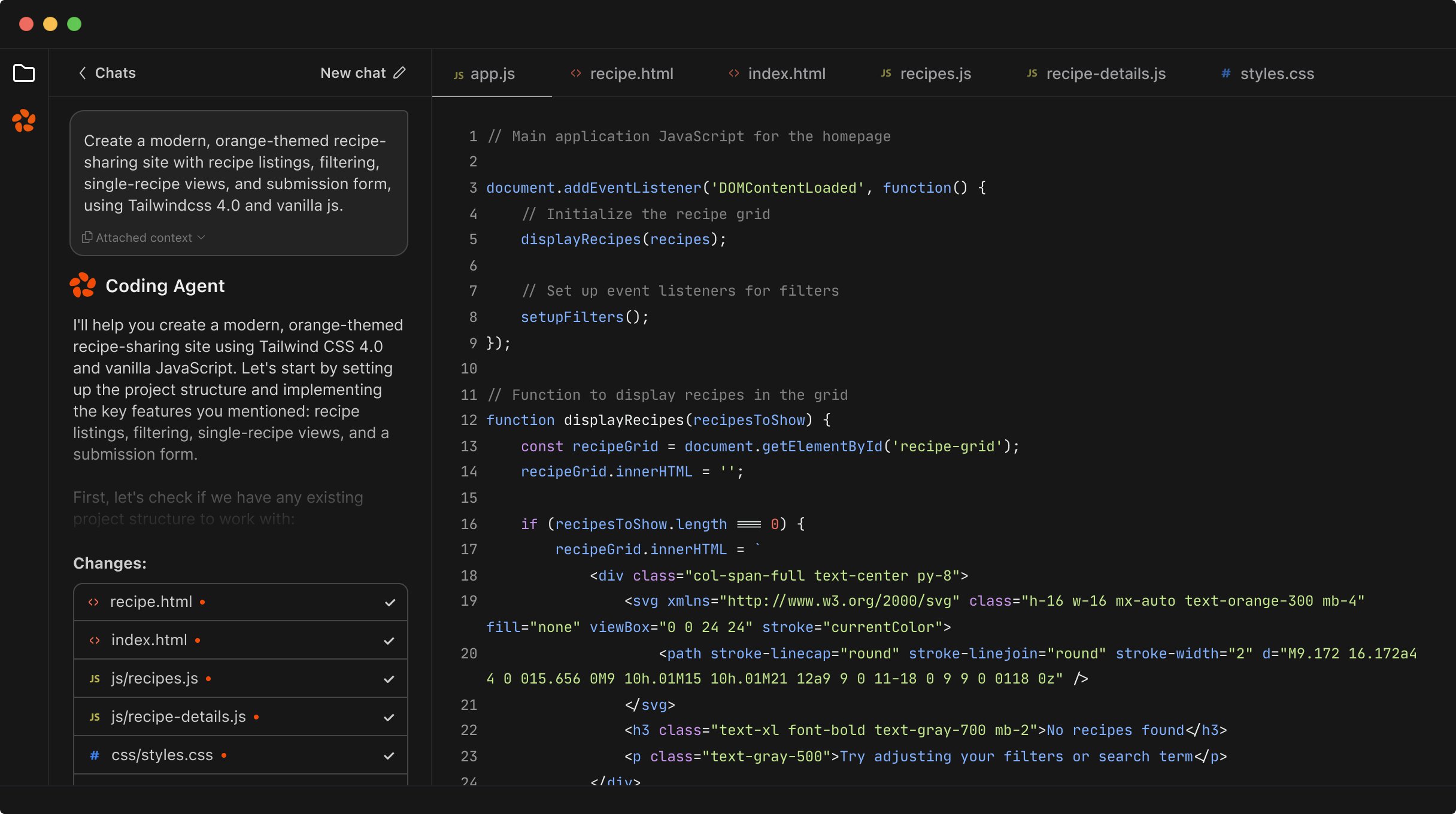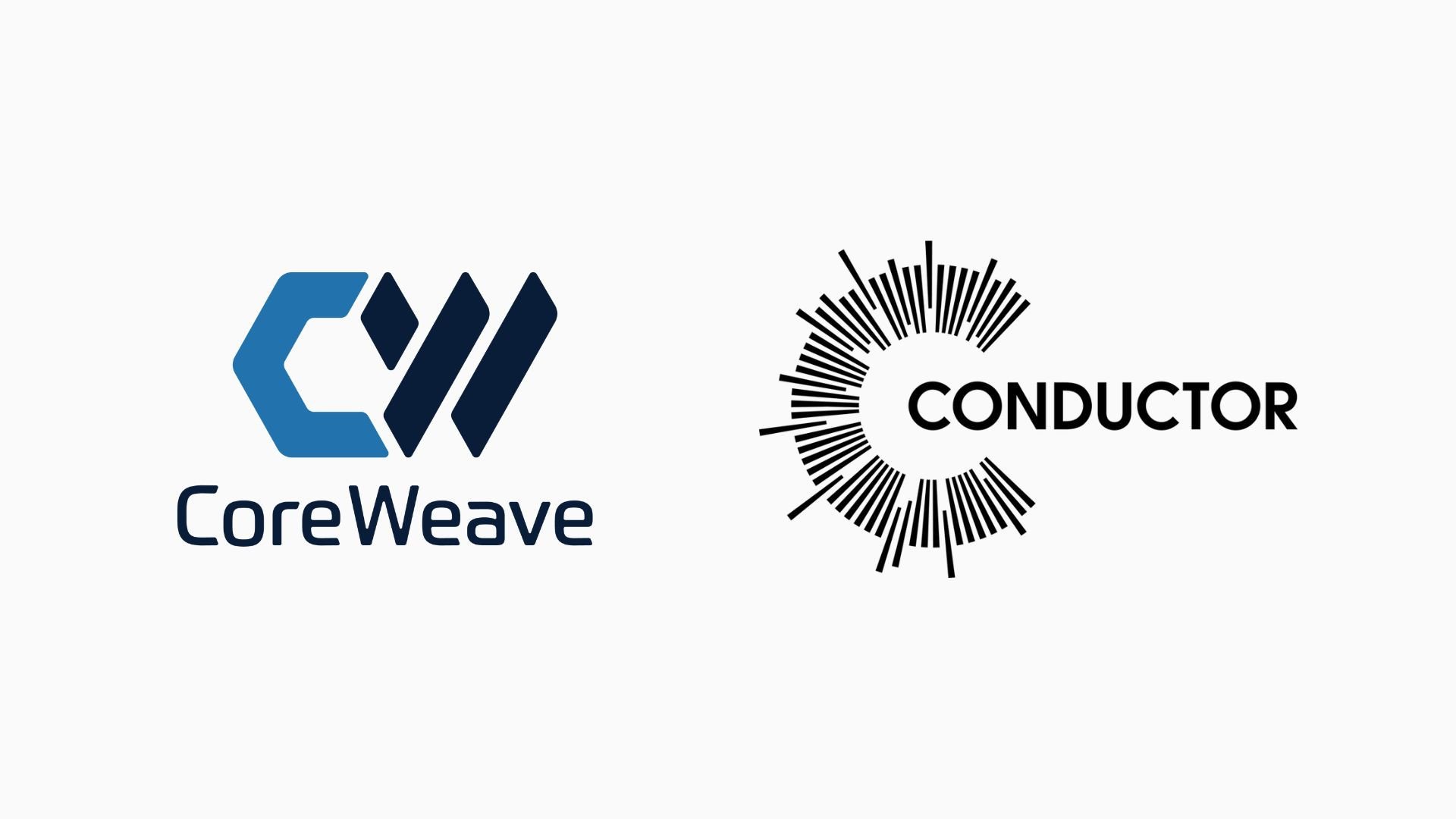Sterling Anderson, a key figure in the self-driving vehicle world and co-founder of Aurora, is officially stepping down from his roles at the autonomous technology company. His resignation comes just after Aurora successfully launched its first commercial self-driving truck service in Texas at the end of April 2025. Anderson, who has served as Chief Product Officer, will see his resignation take effect on June 1, 2025, leaving the board at the end of August. The news, posted in a regulatory filing, marks a big leadership change for Aurora.
Anderson’s influence on the company and his role in the broader autonomous driving space has made this development especially important to investors and industry observers. Aurora’s journey from star-powered startup to a publicly-listed company has been full of challenges and breakthroughs, shaped by Anderson and his co-founders.
Sterling Anderson Steps Down as Aurora Co-Founder
Sterling Anderson’s resignation from Aurora, effective June 1, 2025, signals the end of a pivotal era for the self-driving technology company. He has been an essential driving force from the outset, helping to set Aurora’s technical direction and strategy. As Chief Product Officer, Anderson oversaw all product development and played a strategic role in keeping Aurora on the forefront of autonomous truck technology.
The transition is significant, especially since Anderson will also vacate his board seat on August 31, 2025. According to the regulatory filing, his choice to step down did not come from any dispute with the company’s management or policies. The filing made special mention of Anderson’s immense contributions over the years, stressing the board’s gratitude and respect.
Regulatory filings are often the first signal for investors and the public about major company leadership changes. For Anderson, who previously led Tesla’s Autopilot program before co-founding Aurora, this move comes just as the company makes its biggest commercial leap yet. The timing is important and will be watched closely by the tech and automotive sectors.
He leaves behind a company that, while facing uncertainty like most autonomous vehicle developers, has hit key product milestones. Anderson’s departure is already a subject of much discussion within the industry.
Aurora’s Leadership and Founding Team
Aurora was co-founded in 2017 by three of the most recognizable names in autonomous vehicles: Sterling Anderson, Chris Urmson, and Drew Bagnell. Anderson previously directed Tesla’s Autopilot program, Chris Urmson led Google’s self-driving project, and Drew Bagnell was key to Uber’s self-driving efforts. This unique mix gave Aurora strong technical credibility right out of the gate and attracted investors’ attention.
Chris Urmson, who serves as CEO, remains with the company and continues to bring his extensive experience in autonomous systems. Drew Bagnell’s background in robotics and deep learning helped round out Aurora’s ambitious approach. The blend of expertise in hardware, AI, and automotive safety positioned the team as industry pioneers from the beginning.
Investors and future partners saw the potential in this team, quickly earning them big-name backers including Sequoia Capital, Amazon, and T. Rowe Price. Even in an industry defined by uncertainty, Aurora’s leadership maintained a consistent vision for scalable, commercial self-driving technology.
As of mid-2025, the company’s direction is now more squarely on the current executive leadership, as Aurora moves into its next phase following Anderson’s exit.
Commercial Self-Driving Truck Service Debuts in Texas
At the end of April 2025, Aurora launched its first commercial self-driving truck service in Texas. This marks a major milestone for the company and the industry. The debut in Texas is strategic, given the state’s importance as a shipping hub and its relatively truck-friendly regulations, making it an attractive starting point for autonomous freight operations.
The launch allowed Aurora to meet its deadline, which had been scrutinized by investors and industry watchers. This new service puts Aurora into direct competition with other tech firms racing to bring autonomous trucks to real-world logistics.
The trucks operate on specific routes and are designed to work with shipping partners. The focus is on long-haul routes, which are especially suited to the strengths of autonomous driving systems in terms of efficiency and safety.
This first commercial deployment is not only symbolic but also critical to Aurora’s future revenue plans. Early feedback and operational data from Texas will shape how Aurora tweaks and expands its service in the next phase.
The timing of the launch, shortly before Anderson’s announced departure, underscores his influence in bringing this high-stakes milestone to reality.
Timeline: Aurora’s Growth and Business Milestones
Since its 2017 founding, Aurora has rapidly moved from a buzzy startup to an industry leader. Early years saw the company focus on research and strategic partnerships, while gradually building out its product and business infrastructure.
Also Read
Square Enix Symbiogenesis Expands on Sony Soneium Blockchain
By December 2020, Aurora had gained significant attention after reaching a deal to acquire Uber’s self-driving technology unit, known as Advanced Technologies Group (ATG). This increased Aurora’s technical assets and market value, and gave it more talent and resources in pursuit of commercial deployment.
In 2021, Aurora went public through a merger with a special-purpose acquisition company (SPAC), Reinvent Technology Partners Y. The SPAC was organized by prominent investors including Reid Hoffman and Mark Pincus. The move gave Aurora greater financial resources and put it in the public spotlight, but also brought more scrutiny to its long-term plans and ability to deliver steady revenue.
By mid-2025, Aurora reached another milestone with the commercial launch of its autonomous trucking service in Texas. Anderson’s exit comes at a time when Aurora needs to prove it can sustain this momentum and deliver results that match investor expectations.
Details of Anderson’s Departure and Board Exit
Sterling Anderson’s resignation became public with the company’s first-quarter 2025 earnings report, posted in an official SEC regulatory filing. His resignation as Chief Product Officer takes effect June 1, 2025, while his departure from the board happens August 31, 2025. The filing specifically noted there was no disagreement behind his decision and that it does not reflect any issues with company policy or direction.
Also Read
Last Chance to Exhibit at TechCrunch AI Sessions at Berkeley
These official communications aim to reassure stakeholders that there is no underlying drama or instability. Aurora’s board and executive team were quick to thank Anderson publicly for his years of contributions and leadership. They credited him for guiding key decisions that shaped Aurora’s vision and early business moves.
Anderson’s contact for comment was not successful, but his influence continues to be recognized both within the company and industry-wide. The methodical nature of the transition, spelled out with hard dates, is intended to provide clarity to employees, investors, and partners.
Aurora’s Acquisition of Uber ATG
The deal to acquire Uber’s Advanced Technologies Group in December 2020 was a turning point for Aurora. Rather than a traditional cash acquisition, Uber exchanged its equity in ATG for a 26 percent stake in Aurora. Additionally, Uber invested $400 million into the combined company. The arrangement means Uber became one of Aurora’s largest shareholders and long-term partners.
The ATG acquisition gave Aurora access to a large trove of intellectual property, skilled engineers, and experience with real-world self-driving deployments in both ride-hailing and trucking. Data provided by ATG’s test vehicles became valuable as Aurora ramped up development.
Also Read
Florida Encryption Backdoor Bill for Social Media Fails to Pass
The deal had a complex structure, but was a watershed moment for a startup still in search of ongoing revenue. Aurora absorbed both ATG’s challenges and its opportunities, positioning itself as one of the strongest contenders in the autonomous vehicle field. It also set the stage for Aurora’s later SPAC merger and public listing in 2021.
Aurora’s Public Listing and Investor Background
In 2021, Aurora went public by merging with Reinvent Technology Partners Y, a special-purpose acquisition company started by LinkedIn’s Reid Hoffman, Zynga’s Mark Pincus, and Michael Thompson. This route, rather than a traditional IPO, was popular during that market cycle and allowed Aurora to raise capital more quickly to fuel development.
Investors like Sequoia Capital, Amazon, and T. Rowe Price were drawn to Aurora for its experienced leadership team, market potential, and focus on deep tech solutions. The public listing valued the combined business at about $10 billion, reflecting both excitement and the risks of the self-driving sector.
The influx of cash and reputational boost of a public listing helped Aurora put more resources into R&D and strategic partnerships. However, it also meant Aurora would now need to meet quarterly performance expectations and deliver consistent progress to justify its valuation.
Also Read
Apple’s New Chips Target Smart Glasses, Macs, and AI Hardware
Strategic Focus on Self-Driving Trucks Over Robotaxis
Aurora, like several peers, chose to narrow its focus in recent years to self-driving trucks instead of robotaxis. Industry data showed that long-haul trucking had clearer business potential, with simpler routes and an easier regulatory environment compared to city-based robotaxi services.
By pausing development of autonomous ride-hailing and doubling down on commercial trucking, Aurora repositioned itself for nearer-term commercial viability. This strategic decision meant allocating more resources to trucking partners, scaling highway-focused operations, and launching pilot programs that could become profitable faster.
Robotaxi technology was not abandoned, but remains on hold as Aurora concentrates on the unique technical and business challenges of freight hauling. This move matches broader trends across the sector, as companies seek realistic paths to scaled revenue and sustainable deployment.
Challenges and Industry Headwinds for Aurora
Despite technical and business wins, Aurora has not been immune to the industry’s well-publicized hurdles. Autonomous vehicle development is capital-intensive, with long timelines and heavy R&D costs. Regulatory changes, public skepticism, and changing state laws continue to shape what’s possible, especially on public roads.
Also Read
Widespread Timeline Issues Hit X as Users Report Outages
Since its public listing, Aurora has faced pressure from shareholders to show concrete progress and sustainable revenue. The market for self-driving technology remains highly competitive, with rivals both large and small working on different approaches to autonomy.
The extended timeline to meaningful revenue means that Aurora, like others in the field, has had to carefully manage costs and adjust expectations. Strategic launches like the Texas truck service help but do not erase the risks or complexity ahead.
Leadership changes, including Anderson’s departure, can inject uncertainty at a time when stability and vision are most needed. Investors are looking for steady execution and clear communication about what comes next.
Impact of Anderson’s Departure on Aurora’s Future
Sterling Anderson’s exit from both operational and board roles comes at a pivotal stage for Aurora. As the company transitions to a new phase of commercial operations, his absence will be felt across technical teams and the broader business. He played a central role in guiding Aurora’s move from research to product launch.
Also Read
Zen Agents by Zencoder: Team-Based AI Tools Transform Software Development
Moving forward, Aurora’s remaining leadership will need to navigate pressures from the market, competition, and ongoing tech development without Anderson’s direct input. The company’s focus will be on expanding its Texas truck operation and proving that its business model can scale.
Anderson’s departure may also influence how partners and investors see Aurora’s ability to manage succession and retain top talent. The company has stated there are no internal disputes and that Anderson leaves on good terms, a messaging meant to maintain outside confidence.
The future for Aurora will depend not only on its technology and partnerships but also on how it manages leadership transitions in a rapidly evolving industry.
